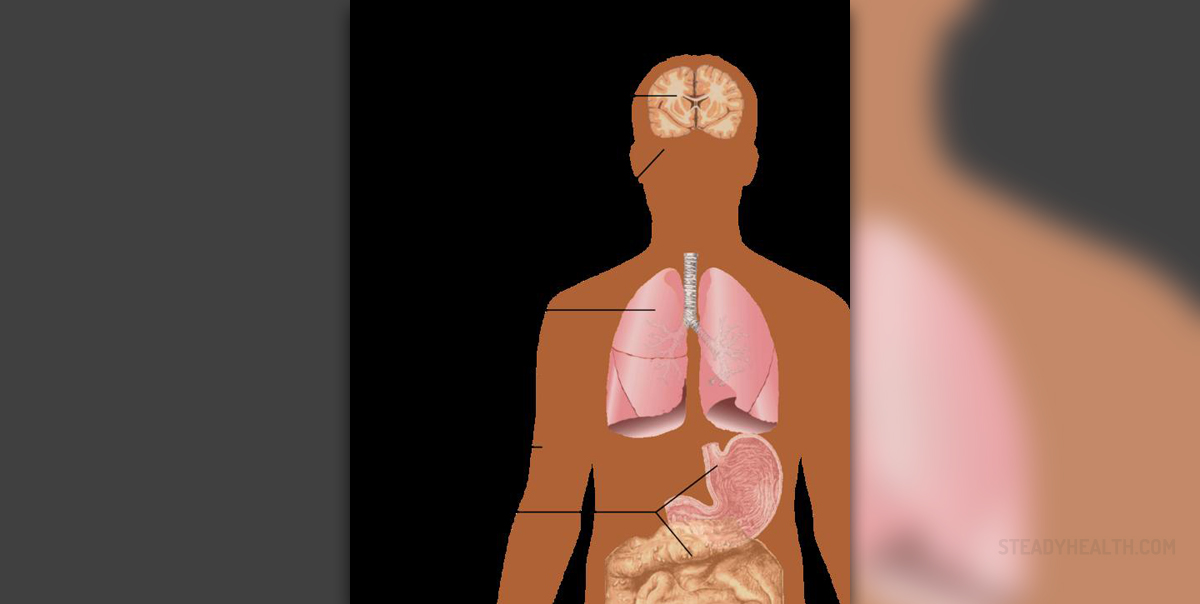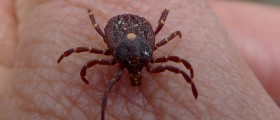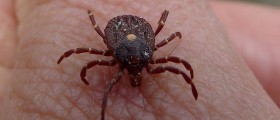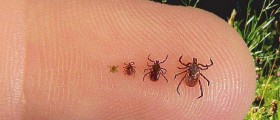
About Lyme disease
Lyme disease is a bacterial disease usually spread by ticks. It is caused by spirochete bacteria. In the United States, the most common bacterium causing Lyme disease is Borrelia burgdorferi, while in Europe it is most often Borrelia afzelii bacterium.
A human can get Lyme disease if bitten by a tick that carries the bacterium in its stomach. Ticks that commonly transmit Lyme disease are those found on deers. Ticks need blood in order to survive. They attach to an animal using the apparatus in their mouth. They suck the blood and also inject a substance that prevents coagulation. Ticks commonly affect animals, deer in particular, but they can also attach themselves on humans and feed on their blood as well. If they carry the bacterium in their stomach, it can enter the blood flow and cause the infection.
Lyme disease got its name from a town called Lyme in Connecticut. In 1975 it was observed that many children who played in a certain area of that town showed symptoms similar to rheumatoid arthritis. After some research and investigation, it was found that all the children were affected by the same bacteria, transmitted through tick bites.
Not all ticks are infected with Lyme disease. However, in many areas, such as New York, it is estimated that half of them do carry the bacteria causing Lyme disease. Lyme disease affects people in almost all parts of the world.
Symptoms of Lyme disease
Lyme disease affects different parts of the body in a progressive way. The infection starts at the site where the tick bite is located, and it is there the bacteria enter the body. The infection spreads from the site, causing expanding rash and other symptoms as well.
There are three stages of Lyme disease. The first one is early localized disease, generally limited to the bite site, with signs of inflammation.
The second stage is considered early disseminated disease. At this stage, the heart and the nervous system are involved, causing problems that can be as severe as palsy and meningitis.
The third or the late stage involves damage to the motor nerve and sensory nerve damage, brain inflammation and arthritis.
In the early stage, the bite site becomes red, usually round, sometimes resembling bull’s eye. The tick may or may not still be there. It often happens that a person is not even aware of the bite and attributes the rash to something else. The rash may be accompanied by flu-like symptoms, such as fatigue, fever headache and swollen lymph nodes.
The redness usually clears after a month, even without any treatment. Meanwhile, the bacteria spread through the system, affecting joints, nervous system and heart.
In later stages, the symptoms of Lyme disease may include arrhythmias, heart failure, Bell’s palsy or facial muscles paralysis, confusion, abnormal sensations, meningitis and arthritis or joint inflammation, with pain and swelling.















Your thoughts on this
Loading...